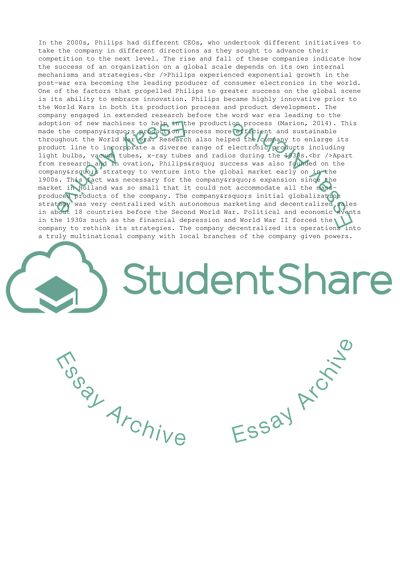Cite this document
(The Competitive Battle Between Philips and Matsushita Case Study Example | Topics and Well Written Essays - 1500 words, n.d.)
The Competitive Battle Between Philips and Matsushita Case Study Example | Topics and Well Written Essays - 1500 words. https://studentshare.org/business/1817643-philips-and-matsushita-the-competitive-battle-continues
The Competitive Battle Between Philips and Matsushita Case Study Example | Topics and Well Written Essays - 1500 words. https://studentshare.org/business/1817643-philips-and-matsushita-the-competitive-battle-continues
(The Competitive Battle Between Philips and Matsushita Case Study Example | Topics and Well Written Essays - 1500 Words)
The Competitive Battle Between Philips and Matsushita Case Study Example | Topics and Well Written Essays - 1500 Words. https://studentshare.org/business/1817643-philips-and-matsushita-the-competitive-battle-continues.
The Competitive Battle Between Philips and Matsushita Case Study Example | Topics and Well Written Essays - 1500 Words. https://studentshare.org/business/1817643-philips-and-matsushita-the-competitive-battle-continues.
“The Competitive Battle Between Philips and Matsushita Case Study Example | Topics and Well Written Essays - 1500 Words”. https://studentshare.org/business/1817643-philips-and-matsushita-the-competitive-battle-continues.


